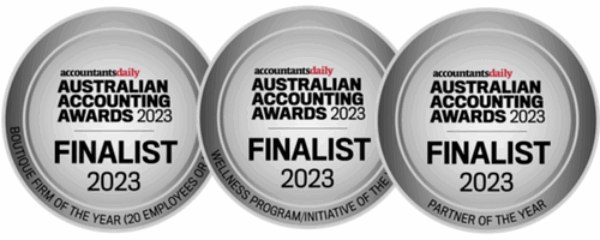Your team are the lifeblood of your medical practice and a key element to the success of your business. When commencing the process of employing staff, there are many factors that must be considered to prepare your business for the recruitment process and to manage the ongoing payroll and employment demands with ease, whilst still remaining compliant.
Walshs are here to help you on your journey towards building a successful practice, so we have put together this employment checklist as a starting point of items to consider when you begin your staff recruitment.
Employee Onboarding
- Determine whether the candidate is an employee or a contractor. This is important as it affects tax, superannuation and other employer obligations.
- Consider which industry award will apply to your new employee, this will help you to understand your responsibilities relating to their pay, tax and superannuation.
- If you deem your new recruit to be an ‘Employee’ for tax purposes, it is good practice to then provide them with a letter of offer. This can include details such as position title, remuneration, expected start date, type of employment or expected hours, length of probation period and any special conditions of employment (e.g. drivers licence requirement or provision of uniforms). Once this has been formally accepted you must now provide the employee with an employment contract which will need to be signed and returned to you.
- Once you have the signed contract you can take the next steps to provide your new employee with relevant documentation including:
- Employee Personal Details Form (contact and bank details etc)
- Tax File Declaration
- ATO Superannuation Standard Super Choice Form
- Job description
- A copy of your practices’ employee handbook
- Fair Work Information Statement
- Confidentiality agreement
- Once you have all the required information you can then set your employee up in your accounting software for payroll processing. Depending on the employment basis, employees may also be entitled to personal and annual leave so be sure to record all these entitlements through your payroll software.
PAYG Withholding (PAYGW)
As an employer, you have a role to play in helping your payees meet their end-of-year tax liabilities. You will collect pay as you go (PAYG) withholding amounts from payments you make to them at each pay period. Your business must register with the ATO for the withholding of this tax from employees.
The PAYG Withholding amounts are then reported on your business activity statement (BAS) along with your GST and other taxes. This is generally done quarterly, however PAYGW can be reported monthly depending on whether you are considered by the ATO to be a small or medium withholder of tax amounts. The BAS will show wages paid to the employee and the tax withheld for each period.
Superannuation
As an employer, you must make superannuation contributions for each of your eligible employees. The Superannuation Guarantee Contribution (SGC) is paid to your employees’ superannuation fund each quarter by you, their employer, and must be received into their chosen fund 28 days after the end of the quarter. These quarterly contributions are required to be submitted and paid electronically.
Failure to pay superannuation on time and lodge superannuation guarantee charge statements with the ATO will result in the ATO charging interest and an administrative penalty per employee. The SGC is paid on an employees’ Ordinary Time Earnings (OTE) and in this current financial year (2021/2022) the rate is 10%. The ATO have a useful checklist you can refer to, to help ensure you are meeting your superannuation obligations.
WorkCover (Workers Compensation Insurance)
As a business who hires employees you will also need to think about how you meet your legal obligations around creating a safe work environment and insuring against workplace accidents. All Queensland employers must hold a WorkCover Accident Insurance policy from the engagement of your first employee.
If you’re a director or partner of your own business you’re not considered a worker, so your accident insurance policy does not cover you. You can take out Workplace Personal Injury Insurance to cover you if you’d like to, but it’s not compulsory.
Payroll Tax
Payroll tax is an additional tax paid to the Office of the State of Revenue. As a Queensland employer, if you pay taxable wages exceeding $25,000 per week or $1,300,000 annually (current FY 2021/2022) you need to register for Payroll Tax.
Each state has their own payroll tax legislation. This figure includes gross wages and superannuation. Payroll tax is generally reported and paid monthly via an OSR online account.
End of Payroll Year (30th June)
STP (Single Touch Payroll) works by sending tax and super information from STP-enabled accounting software straight to the ATO when running a payroll. At the end of each financial year (30 June), STP must be reconciled and finalised so that employees have access to their tax statements (previously known as a payment summary). Walshs completes this process so that your employees can access their tax statements through their MyGov accounts and complete their individual tax returns. This STP finalisation must be completed by 14 July each year.
Walshs are here to help, for any questions or further information on tax matters relating to employees please don’t hesitate to send us an email or call 07 3221 5677.
By: Cheryl Jones, Bookkeeping Manager











